Fashion trends come and go, often reflecting the culture and attitudes of their time. While some styles evolve and adapt, others vanish entirely, leaving only memories and nostalgic references. These once-beloved trends captivated entire generations before fading into obscurity, replaced by new ideas and aesthetics. From the daring to the downright quirky, these fashion statements had their moment in the spotlight but ultimately disappeared. Let’s take a look at some of the most famous fashion trends that completely vanished and explore why they faded away.
Hobble Skirts
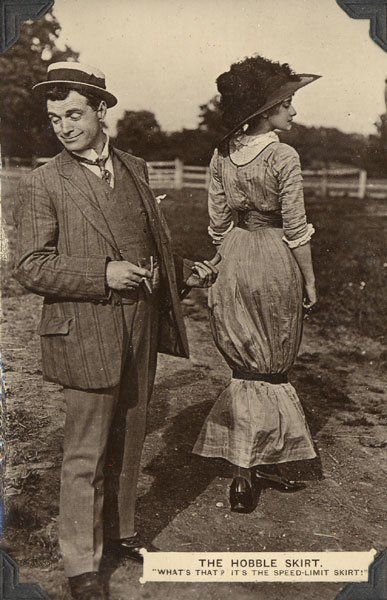
In the early 1910s, hobble skirts became a sensation, characterized by their narrow hems that restricted movement. French designer Paul Poiret popularized this style, aiming to liberate women from corsets while ironically limiting their stride. The impracticality of hobble skirts led to their decline by the mid-1910s, as women sought more functional attire. The onset of World War I further accelerated their disappearance, with practicality taking precedence over fashion. Its restrictive design made it unsuitable for the active roles women assumed during the war. By the 1920s, the flapper dress, with its free-flowing silhouette, had replaced the hobble skirt entirely. Today, they are remembered as a brief, albeit influential, chapter in fashion history.
Flapper Fashion
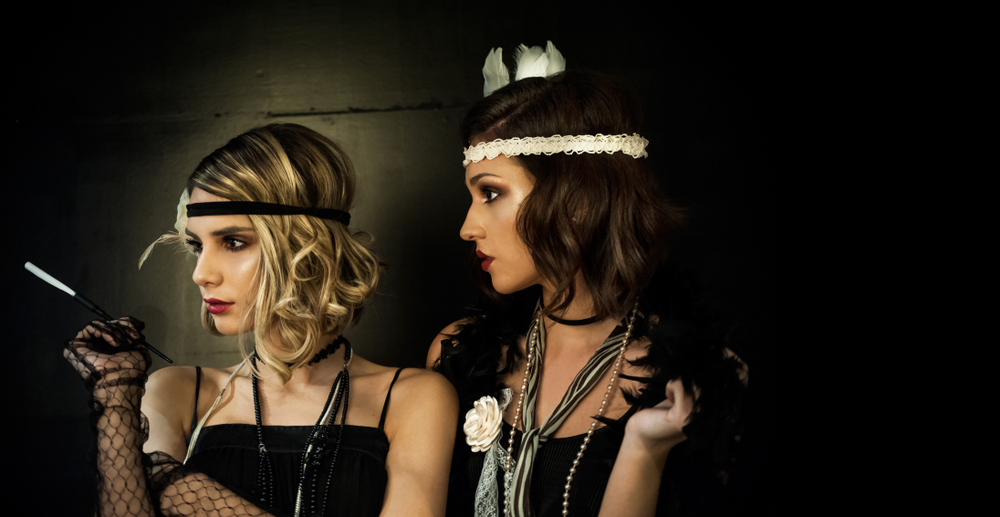
The 1920s introduced the flapper fashion, symbolizing a new era of freedom and rebellion among young women. Characterized by dropped waistlines, shorter hemlines, and bobbed haircuts, this style was a stark departure from previous conservative norms. Designers like Coco Chanel played a pivotal role in popularizing the flapper look, emphasizing comfort and simplicity. However, the Great Depression of the 1930s brought about a shift towards more conservative and economical clothing. The economic hardships made the lavish lifestyle associated with flappers unsustainable. As a result, it faded, giving way to more modest styles. While elements of flapper fashion occasionally resurface, the original trend remains a hallmark of the Roaring Twenties.
Zoot Suits
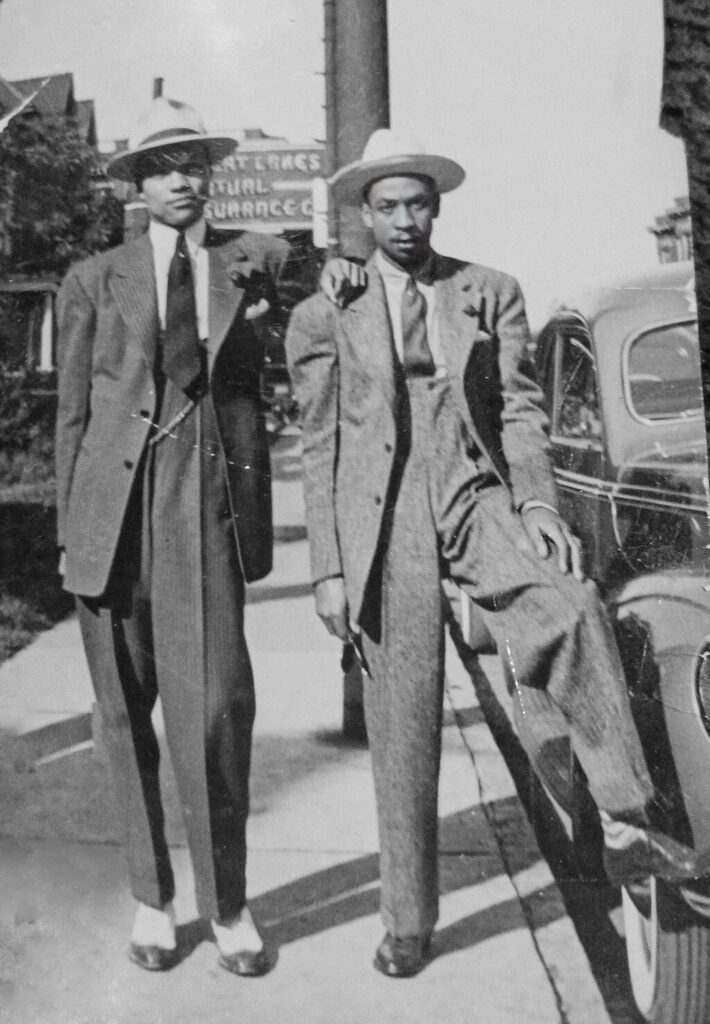
Emerging in the 1930s and peaking during the 1940s, zoot suits were distinguished by their high-waisted, wide-legged trousers and long coats with padded shoulders. Popularized by African American, Mexican American, and Filipino American communities, zoot suits became a symbol of cultural identity and resistance. The extravagant use of fabric during wartime rationing led to criticism and even legal restrictions on their production. The 1943 Zoot Suit Riots in Los Angeles further stigmatized the attire, associating it with delinquency. In the aftermath, wearing them declined sharply, and by the late 1940s, they had largely disappeared from fashion. Its association with rebellion and its impracticality in post-war society contributed to its decline. Today, they are primarily seen in historical contexts or as costumes.
Poodle Skirts
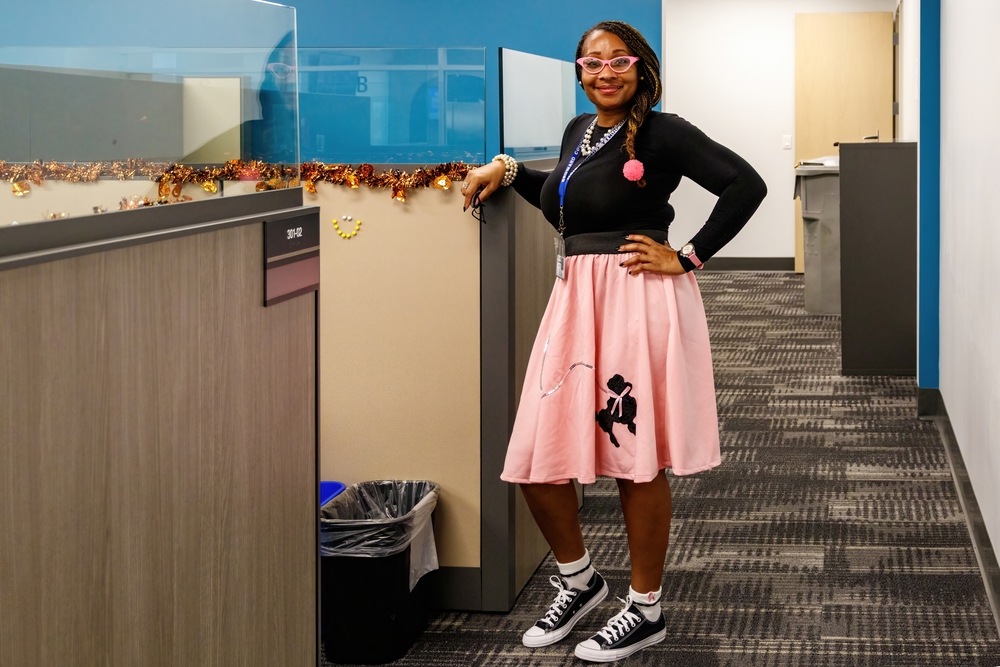
The 1950s saw the rise of poodle skirts, full, swingy skirts often adorned with appliqués of poodles or other motifs. Designed by Juli Lynne Charlot in 1947, they became a teenage fashion staple, especially in the United States. These were typically paired with fitted sweaters and saddle shoes, embodying the youthful exuberance of the era. However, by the early 1960s, fashion trends shifted towards slimmer silhouettes and more sophisticated styles. The mod fashion movement, with its emphasis on sleek lines, rendered the voluminous poodle skirt outdated. Consequently, they faded from everyday wear, becoming emblematic of 1950s nostalgia. Today, they are often worn at themed events or as retro costumes.
Bell-Bottoms
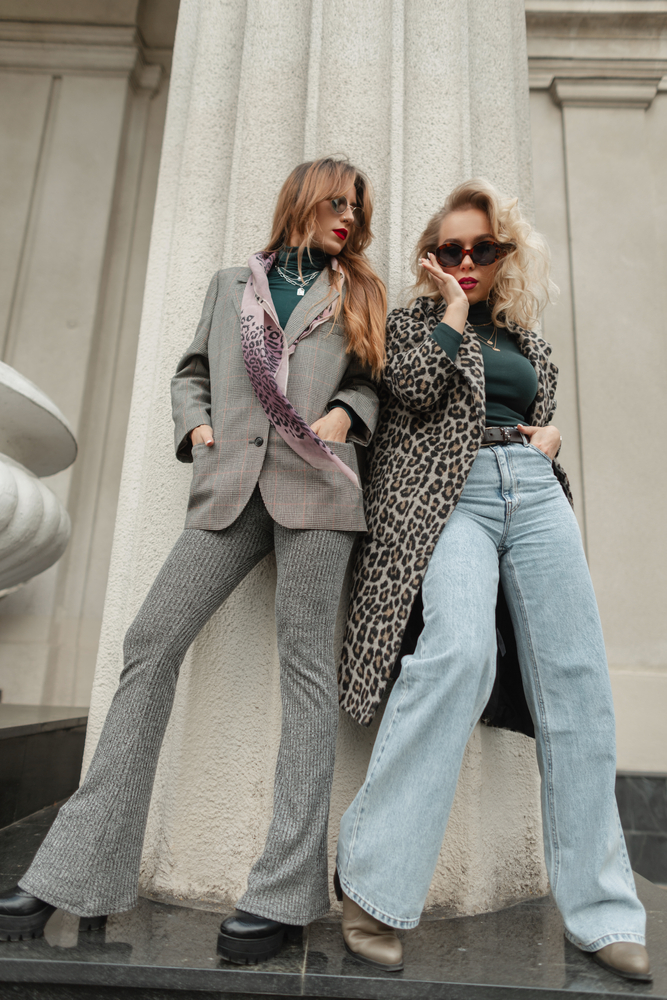
Bell-bottoms, trousers that flare out from the knee, gained immense popularity in the late 1960s and 1970s. Associated with the hippie movement, they symbolized a break from conventional fashion norms. Celebrities like Cher and the members of ABBA frequently sported these, further propelling their popularity. However, by the early 1980s, the fashion landscape shifted towards more tailored and narrow silhouettes. The rise of punk and new wave fashion favored skinny jeans and straight-leg trousers, leading to the decline of bell-bottoms. While they experienced brief revivals in the 1990s and early 2000s, they never regained their former prominence. Today, they are occasionally seen in retro-inspired collections but remain largely absent from mainstream fashion.
Parachute Pants
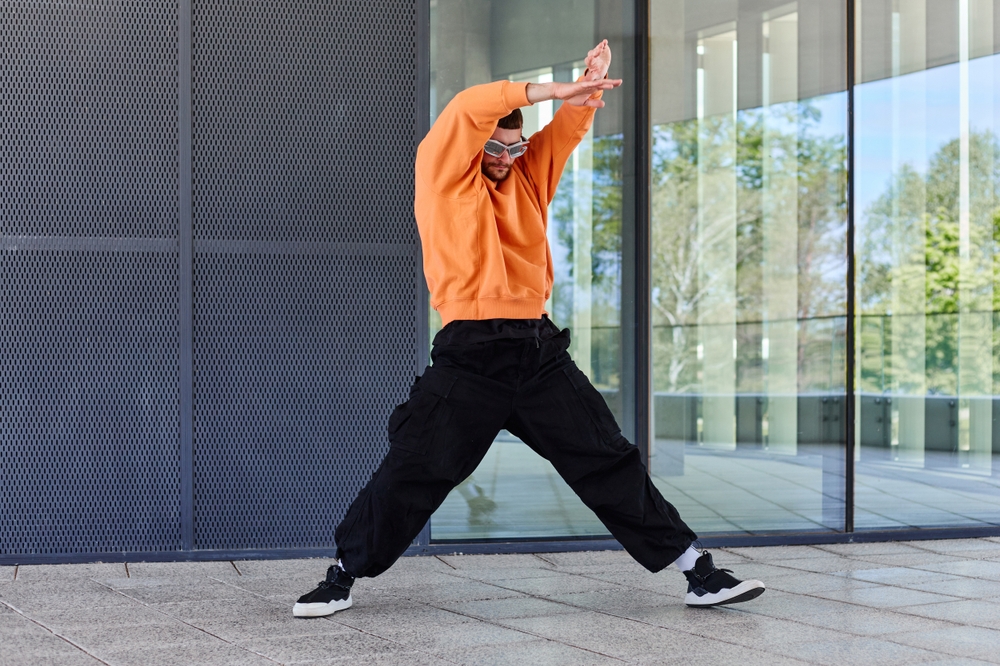
In the early 1980s, parachute pants became a fashion phenomenon, characterized by their baggy fit and nylon material. Popularized by breakdancers and hip-hop artists, they allowed for greater movement and became synonymous with street dance culture. Brands like Bugle Boy capitalized on the trend, producing various styles and colors. However, by the mid-1980s, the trend had oversaturated the market, leading to a decline in popularity. The emergence of new fashion trends, such as acid-wash jeans and spandex, further contributed to their obsolescence. They became emblematic of a specific era and were soon relegated to fashion history. Today, they are often referenced in discussions of 1980s fashion but are rarely seen in contemporary wardrobes.
Hypercolor Shirts
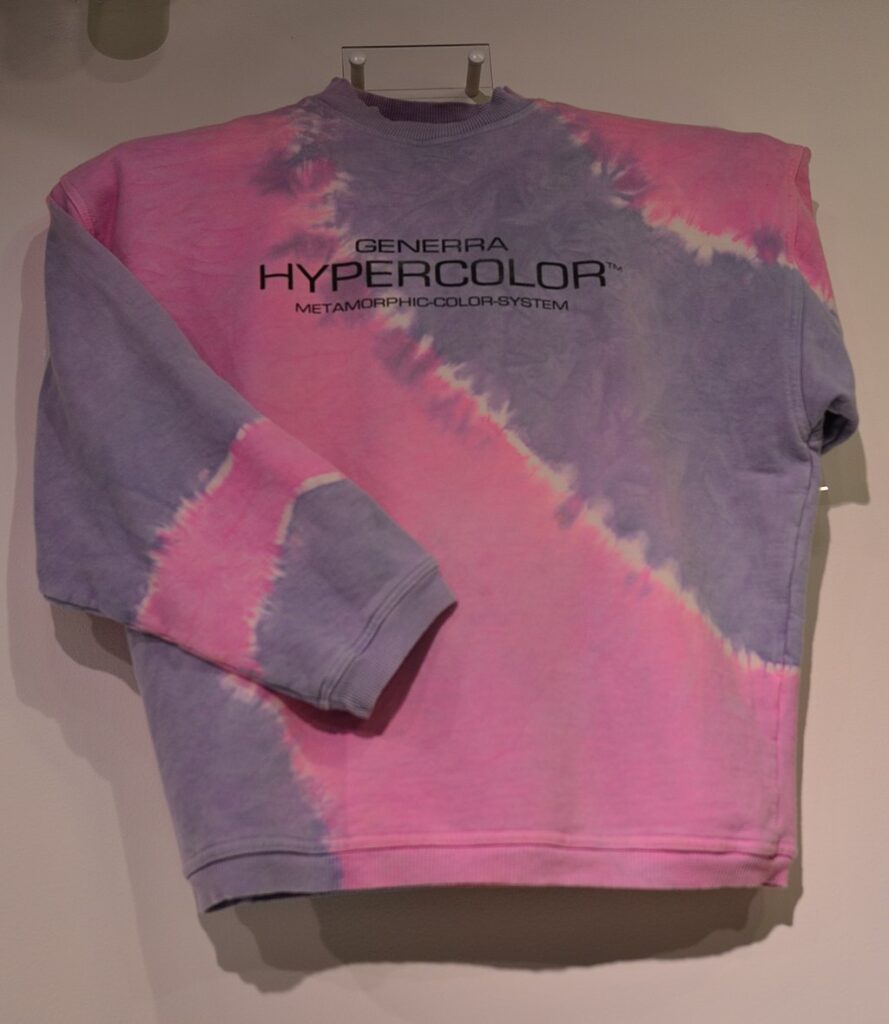
The early 1990s introduced Hypercolor shirts, garments that changed color with heat due to thermochromic pigments. Manufactured by Generra Sportswear Company, they became an instant hit among teenagers and young adults. The novelty of the color-changing effect made them a must-have item. However, the effect diminished after repeated washing, leading to consumer dissatisfaction. Additionally, the trend’s rapid rise led to market oversaturation, causing a swift decline in popularity. By the mid-1990s, they had virtually disappeared from the fashion scene. Today, they serve as a nostalgic reminder of 1990s fashion experimentation.
Platform Sneakers
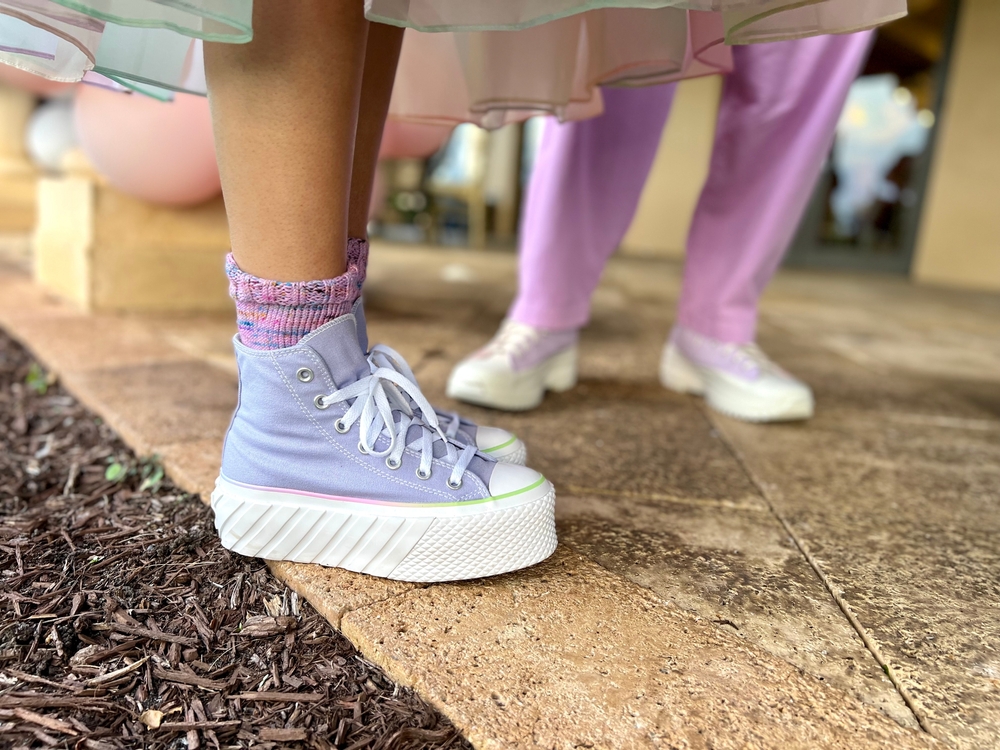
Platform sneakers, featuring thick, elevated soles, rose to prominence in the 1990s, thanks in part to the Spice Girls. Their bold, eye-catching designs made them a favorite among fans of pop culture and alternative fashion. They offered a blend of comfort and height, appealing to those seeking to make a statement. However, by the early 2000s, the minimalist sneaker trend rendered platform sneakers outdated. Styles like Converse All-Stars and Adidas Superstars, with their sleek and understated look, took over the market. Despite occasional comebacks in runway collections, platform sneakers have largely remained a nostalgic item. Their quirky charm, however, continues to inspire certain niche styles today.
Ed Hardy Clothing

Ed Hardy clothing, adorned with tattoo-inspired graphics, was a major trend in the mid-2000s, popularized by celebrities like Paris Hilton and Britney Spears. The brand, founded by Christian Audigier, became synonymous with flashy, over-the-top designs and luxury pricing. By the late 2000s, the market was saturated with knockoffs, diminishing the brand’s exclusivity. Additionally, the association with “flashy” celebrity culture began to alienate mainstream consumers. As trends shifted towards minimalism in the 2010s, its bold aesthetic quickly fell out of favor. Despite attempts to rebrand, the stigma surrounding the label made its revival challenging. Today, it serves as a cautionary tale about the fleeting nature of high-profile trends.
Shutter Shades

Shutter shades, a type of sunglasses with horizontal slats instead of lenses, became a sensation in the late 2000s. Kanye West famously wore them in his “Stronger” music video, catapulting them into mainstream popularity. They were embraced as a fun and eccentric accessory for parties and music festivals. However, their impracticality, offering little to no sun protection, led to their quick decline. By 2010, they had become more of a novelty item than a genuine fashion statement. Critics often labeled them as a fad, further discouraging their continued use. Today, they are mostly found as playful props or nostalgic reminders of the 2000s.
Peasant Tops
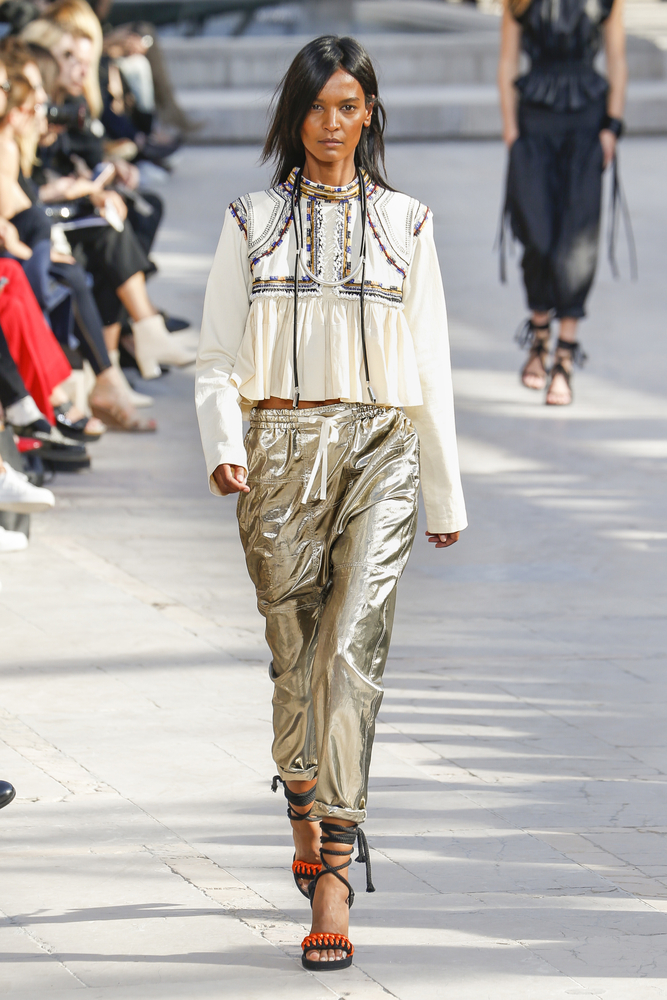
Peasant tops, characterized by their loose, flowy design and embroidered detailing, were a hallmark of the boho-chic trend of the early 2000s. Celebrities like Sienna Miller and Mary-Kate Olsen made them a staple of their iconic, carefree style. They were often paired with distressed jeans or maxi skirts, epitomizing relaxed elegance. However, as fashion moved towards structured, form-fitting designs in the late 2000s, they fell out of favor. Their casual aesthetic was overshadowed by sharper, more polished trends like tailored blazers and high-waisted pants. While they occasionally resurface in festival fashion, they no longer hold the same widespread appeal. They now remain a nostalgic symbol of the bohemian movement of the 2000s.
This article originally appeared on Rarest.org.
More from Rarest.org
15 Extraordinary Aquatic Creatures Found in Coral Reefs

Coral reefs are home to some of the most extraordinary and unusual creatures in the ocean. These vibrant ecosystems are filled with species that have evolved unique adaptations to survive in their complex environments. Read More.
14 Mysterious Lost Civilizations That Still Puzzle Historians

Throughout history, many civilizations have risen to greatness, only to mysteriously vanish, leaving behind ruins and unanswered questions. These lost cultures, once thriving and influential, continue to puzzle historians and archaeologists alike. Read More.
15 Rare and Exotic Amphibians Thriving in Remote Jungles

Deep within the world’s most remote jungles, a diverse range of rare and exotic amphibians thrive, often hidden from human view. These remarkable creatures have evolved unique traits to survive in their specific environments, from vibrant colors that ward off predators to extraordinary abilities like gliding or regenerating limbs. Read More.
